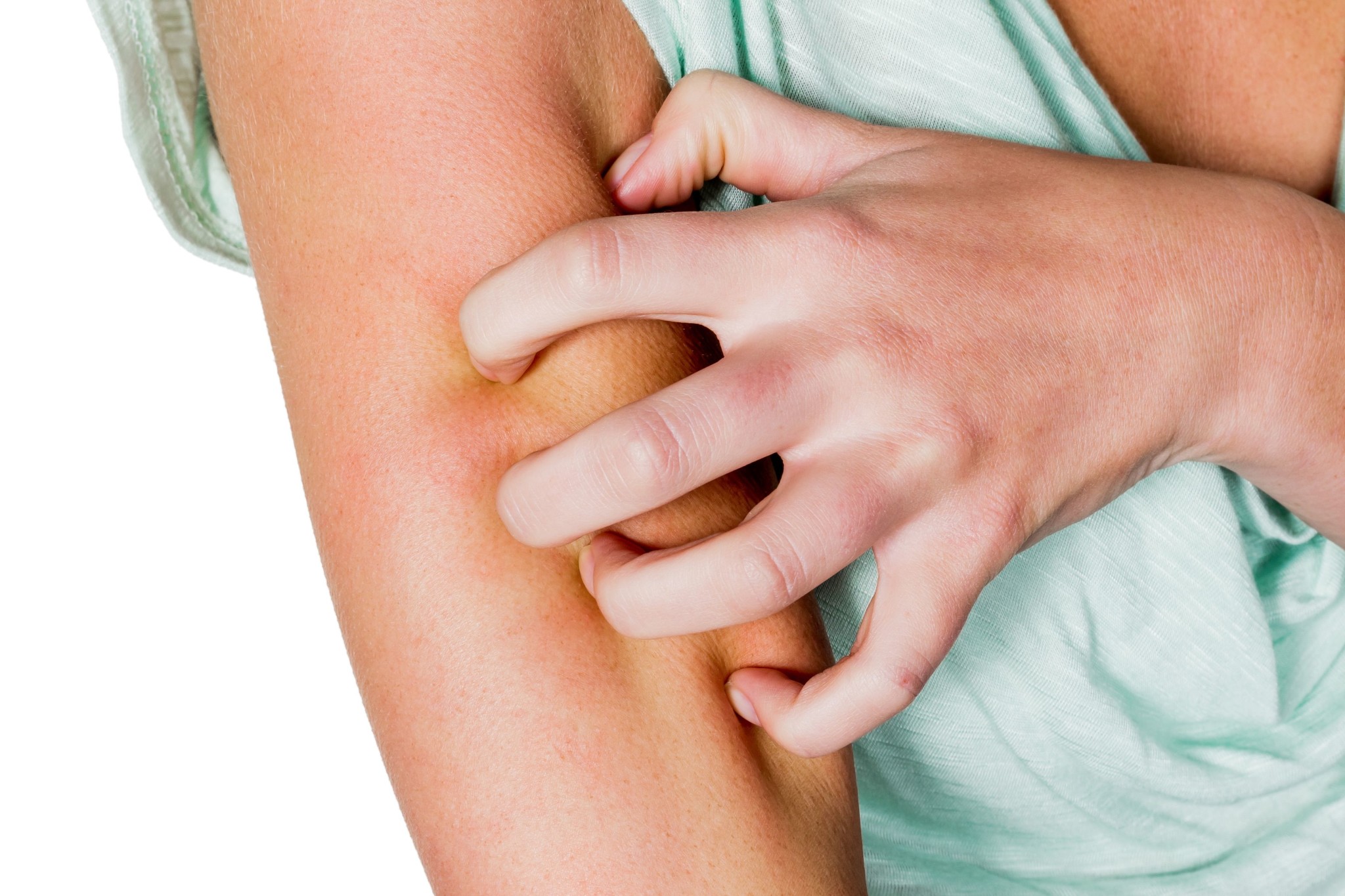There’s a lot of poison ivy in Texas. Not the kind you’d find in a Batman movie or the song from the 1950s, but that awful, itchy kind that’s popping up in your backyard.
Before you try to get rid of poison ivy with “an ocean of calamine lotion,” make sure you understand what poison ivy is, why you shouldn’t panic about it spreading, and the right way to treat poison ivy.
What is Poison Ivy?
Poison ivy is a plant that grows like a vine and can climb walls, fences and trees. A poison ivy outbreak is known as a type four allergic reaction. This type of allergic reaction develops slowly and lasts a long time.
While not all ivy is poison ivy, many different types of plants can cause the same type of allergic reaction. Because these plants are very common, especially in Texas, there’s a good chance you’ll have the misfortune of brushing up against such a plant and dealing with an uncomfortable allergic reaction.
What Happens When You Catch Poison Ivy?
Suppose you spend a few hours working in the yard. Three days later, you begin to notice the appearance of a red spot or rash.
This is probably the spot that was exposed to poison ivy the most. In this area, the red spot will swell and blister. However, poison ivy can appear in other areas that were not exposed but were touched, rubbed or scratched after touching poison ivy.
Poison ivy often appears in streaks, so you’ll probably see lines in areas where you brushed up against the plant. The resulting blisters can add a lot of inflammation
During the next week or so, you may notice other spots and streaks and think, “Oh no! It’s spreading!”
Don’t panic. It’s not actually spreading.
You were probably exposed to a lot of poison ivy in that first location and not so much in the other locations where it took longer for the rash to appear.
Poison ivy is a sticky, sappy substance that’s easily removed with soap and water. A nice, hot shower with soap and water should do the trick.
Related: Why You Should Let A Dermatologist Take A Look At That Rash
How Should You Treat Poison Ivy?
Put down the calamine lotion. It’s a catchy song lyric, but not a scientific treatment for an allergic reaction.
As mentioned previously, poison ivy develops slowly. That’s why a strong corticosteroid used for a long period of time is the primary treatment for poison ivy. Short courses of oral steroids aren’t enough to alleviate the itching.
People often become frustrated because poison ivy doesn’t go away as quickly as they would like. Unfortunately, the inflammation can cause poison ivy to linger.
If you want to avoid unnecessary itching and discomfort caused by using short courses of steroids and other inadequate treatments, schedule an appointment with a board certified dermatologist right away. The sooner you begin with corticosteroids, the sooner you’ll feel relief from poison ivy.

Dr. R. Todd Plott is a board-certified dermatologist in Coppell, Keller, and Saginaw, TX. His specialization and professional interests include treating patients suffering with acne, identifying and solving complex skin conditions such as psoriasis, rosacea, atopic dermatitis, and identifying and treating all types of skin cancers. In his spare time, Dr. Plott enjoys cycling, traveling with his wife, and spending time with his children and new grandson.
Learn more about Dr. Plott.


